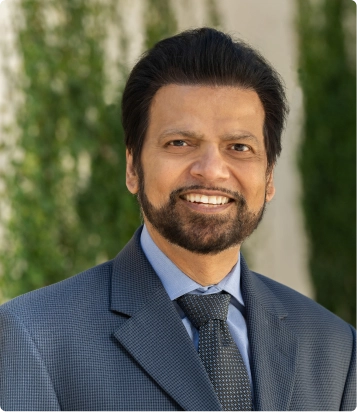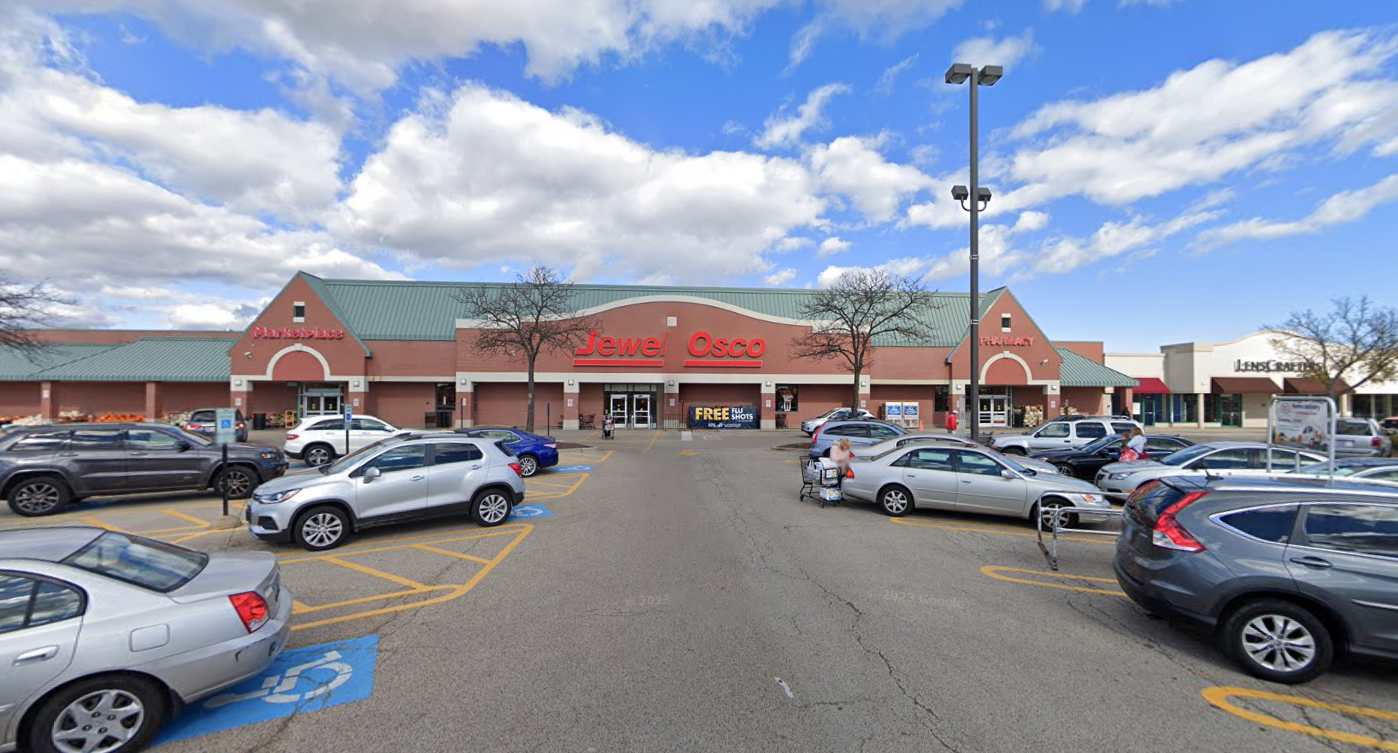No Miracles, No Medals: Hospitality Beyond Endurance
 For the last five years, owning hotels has felt like an endurance sport. Every disruption, from pandemic shutdowns to labor shortages, inflation, and rising rates, was another punishing mile marker.
For the last five years, owning hotels has felt like an endurance sport. Every disruption, from pandemic shutdowns to labor shortages, inflation, and rising rates, was another punishing mile marker.
As the steward of a broad mid-market hospitality portfolio in historically strong markets, I adjusted pace, absorbed the hits, and kept running. But endurance alone is not a strategy, and there are no miracles or medals coming for hospitality.
The hard lesson is that a strong balance sheet can carry an otherwise healthy portfolio through volatility, but it cannot rewrite economics. At this juncture in the cycle, one more rate cut will not fix hotels. Rates help, but they don’t fix inbound travel, government demand, wage floors, insurance markets, property taxes, or brand-mandated renovations. Nor do they collapse the bid–ask gap on their own. Now is the time to be honest about what it takes for hotels to actually do well today, and why the math has changed.
Shiny Markets Mask Softer Fundamentals
Open the business pages and the market looks unstoppable. AI-driven tech keeps pushing indexes to new highs while headlines celebrate trillion-dollar milestones.1 That glow hides a colder reality for the parts of the economy that fill hotel rooms. It is a great stock market for a handful of sectors, but not a great economy for most travelers.
For the last few years, I was optimistic that hospitality performance would normalize after the black swan event that upended the rules of travel. Holding our assets felt like the prudent choice for our investors and for ourselves. We were able to do that because Encore entered this period with a strong balance sheet and the discipline to carry assets through volatility.
But now in 2025, the prospects look different. Across the public markets, lodging REITs are in freefall. Sunstone is facing activist pressure to sell or liquidate, and Braemar has announced plans to sell off its entire portfolio. Trading at persistent discounts to net asset value, many REITs are now pursuing fire-sales to unlock value for shareholders.2,3
The Demand Story: Flatter Than Flat
The post-pandemic hospitality rebound never fully materialized. While leisure travel spiked in pockets, business travel remained structurally weaker than many expected, and troubling signs have edged toward permanence.
Industry surveys now point to weaker expectations for 2025. By July, revenue per available room (RevPAR), the industry’s core measure of profitability, had slipped –1.1% year-over-year nationwide.4 This is the clearest signal yet that top-line momentum has flattened. Forecasts followed suit: CoStar/STR cut their 2025 outlook twice this summer, most recently lowering demand, average daily rate, and RevPAR growth assumptions, the latter by over a full percentage point.5
In addition, international arrivals fell by 3.1% in July year-over-year, with Tourism Economics now projecting ~8% fewer overseas visitors in 2025 than initially expected. Fewer international guests, empty business centers, and a reduced government travel footprint hit exactly where mid-market hotels make their living.6
The Cost Reality: Margins Don’t Heal Themselves
Before COVID, line-level roles were $8–$15 an hour. Today it is closer to $18, and in some jurisdictions more. San Diego just locked in a $25/hour hospitality wage floor, and others are watching closely.7 I’m not complaining about wages; I’m acknowledging math. The quality and availability of labor remain stretched, and we must pay up to secure consistency.
Meanwhile, insurance has stepped up and stayed elevated. CBRE pegged increases at +15% through late-2024, with midscale/economy closer to +20%. These are structural resets, not temporary spikes.8 Property taxes add insult to injury and then there’s debt. Even with some recent rate relief, many loans that matured between 2023 and 2025 did not clear lender DSCR tests without additional equity or creative structures.9
Owners also face the bill for deferred capex. During the pandemic many properties received extensions on their franchise-mandated property improvement plans (PIPs). Those multi-million-dollar obligations are back, and they are more expensive to execute because labor and materials cost more now. And while new construction is modest at the national level, brand conversions now comprise ~31% of the pipeline, and they show up locally, across the street, just when you try to recapture rate.10
The Vicious Cycle Owners Feel Every Day
Put these pieces together and the loop is familiar. Lower cash flow → higher cap rates → lower values → tighter credit → more cash trapped to protect lenders → less flexibility to invest into demand. That’s the loop.
It doesn’t mean the industry is broken; it means time and capital discipline matter more than ever. If you are a fresh buyer at a true 2025 basis you can make that math work. If you are a long-time owner with a legacy capital stack and a looming PIP, the path is narrower, and every month you wait without true evidence of improvement is a month that consumes optionality.
Why Sell a Good Portfolio in a Tough Market?
Hospitality owners don’t wake up one morning and decide to sell good assets for sport. We make that decision only when the market and the opportunity cost align in a way that places stewardship above sentiment.
For Encore, our mid-market business-travel hospitality portfolio has been the foundation of 25 years of investing success. Taking this portfolio to market is no small decision; it comes only after exhaustive deliberation. My responsibility is to weigh the value the market offers us today against the value we could create by holding for another three to four years while carrying additional obligations. And if the market response falls short, Encore will continue to operate the assets with discipline, backed by its strong balance sheet, until the right window opens.
The question at the heart of this decision is simple: Will the dollars we put in today come back to us? If the answer is no, then holding on serves no one, and it is better to exit deliberately. If today’s bids meet or exceed the risk-adjusted outcome of continuing the journey, then the responsible path is to let the market decide and redeploy capital into better-positioned opportunities. In that case, selling is not capitulation—it is stewardship.
Abandoning Endurance to Endure
Would I buy hotels again? Yes, but only at a true 2025 basis that bakes in flat demand and higher expense floors. I still believe fresh capital will do well in 2026 and 2027. But to be in position for that upside, the smart move may be to conserve resources instead of running them into the ground.
My father’s advice has always been simple: there are no miracles, and we should not hope for them. We prepare, we do the work, and we make our own luck. The owners and investors who recognize the world as it is, not as they wish it to be, will be the ones with enough capital and stamina to truly endure.
References
1) MarketWatch. “Alphabet’s Stock Just Had Its Best Quarter in Two Decades Thanks to AI.” MarketWatch, 30 Sept. 2025, https://www.marketwatch.com/story/alphabets-stock-just-had-its-best-quarter-in-two-decades-thanks-to-ai-8a8f1273.
2) “Tarsadia Capital Sends Letter to Board of Sunstone Hotel Investors, Inc.” GlobeNewswire, 12 Sept. 2025, https://www.globenewswire.com/news-release/2025/09/12/3149221/0/en/Tarsadia-Capital-Sends-Letter-to-Board-of-Sunstone-Hotel-Investors-Inc.html.
3) “Braemar Hotels & Resorts Announces Initiation of Sale Process.” Braemar Hotels & Resorts, 26 Aug. 2025, https://www.bhrreit.com/files/5654/BHR_Announces_Initiation_Of_Sale_Process_Release.pdf.
4) “U.S. Hotel Performance for July 2025.” STR, 28 Aug. 2025, https://str.com/press-release/us-hotel-performance-july-2025.
5) CoStar, Tourism Economics Lower U.S. Hotel Growth Forecast.” STR, 7 Aug. 2025, https://str.com/press-release/costar-tourism-economics-lower-us-hotel-growth-forecast.
6) “International Travel for July 2025.” National Travel and Tourism Office via U.S. Travel Association, 2025, https://www.inboundtravel.org/news/ntto-international-travel-for-july. Also: “U.S. International Inbound Travel Remains Weak in 2025.” Tourism Economics, 2025, https://www.tourismeconomics.com/press/latest-research/us-international-inbound-travel-remains-weak-in-2025/.
7) City of San Diego. “Hospitality Minimum Wage Ordinance, Staff Report.” 17 June 2025, https://www.sandiego.gov/sites/default/files/2025-06/staff_report-hospitality-minimum-wage-ordinance.pdf.
8) CBRE. “2025 Global Hotel Outlook.” CBRE, 2025, https://www.cbre.com/insights/reports/2025-global-hotel-outlook.
9) Trepp. “CMBS Delinquency Rate Climbs Again in July 2025.” TreppTalk, July 2025, https://www.trepp.com/trepptalk/cmbs-delinquency-rate-climbs-again-in-july-2025-multifamily-drives-uptick.
10) Lodging Econometrics. “U.S. Hotel Construction Pipeline Stands at 6,280 Projects at the End of Q2 2025.” Lodging Econometrics, 2025, https://lodgingeconometrics.com/u-s-hotel-construction-pipeline-stands-at-6280-projects-at-the-end-of-q2-2025-early-planning-shows-strong-growth/.
